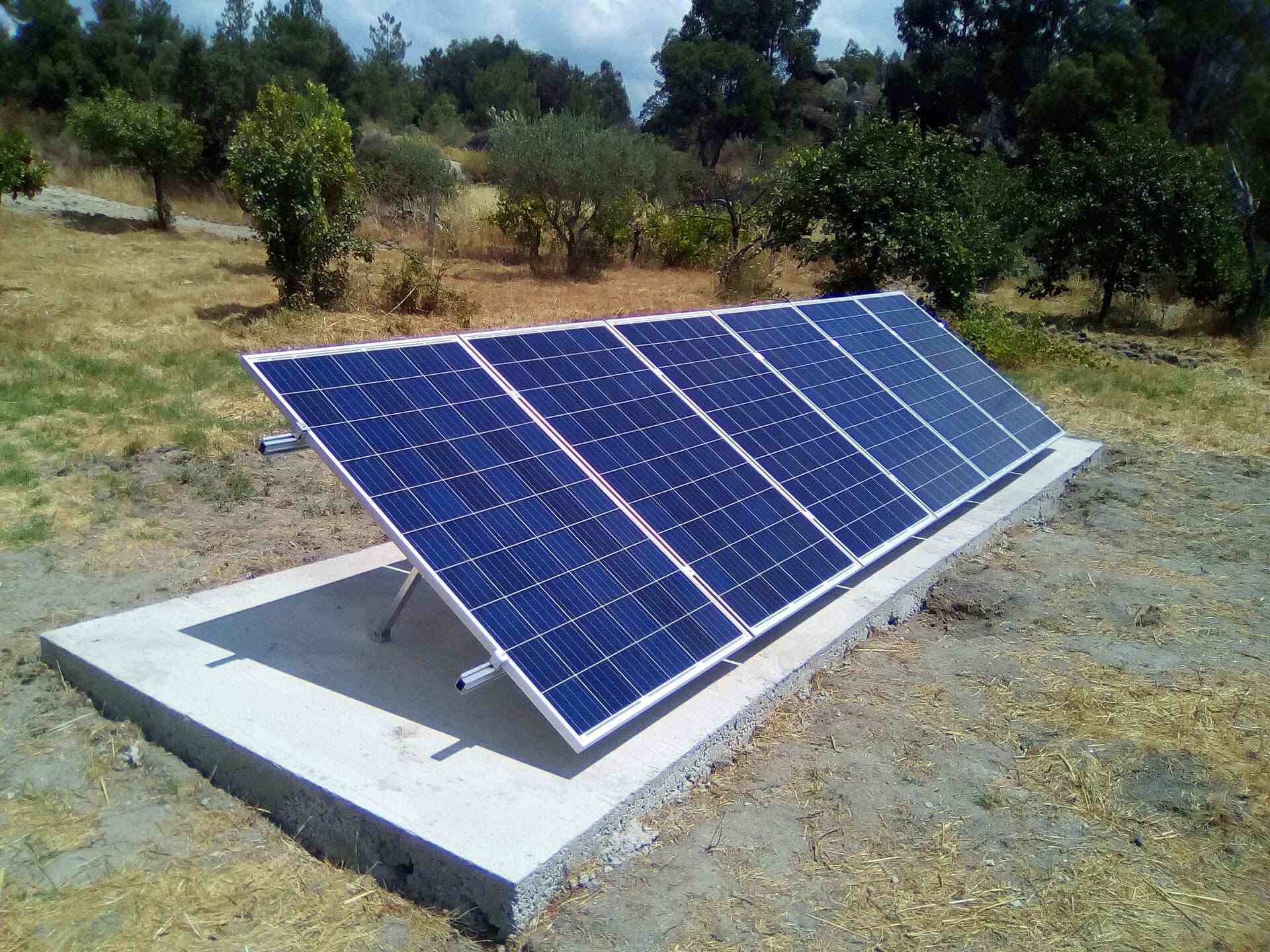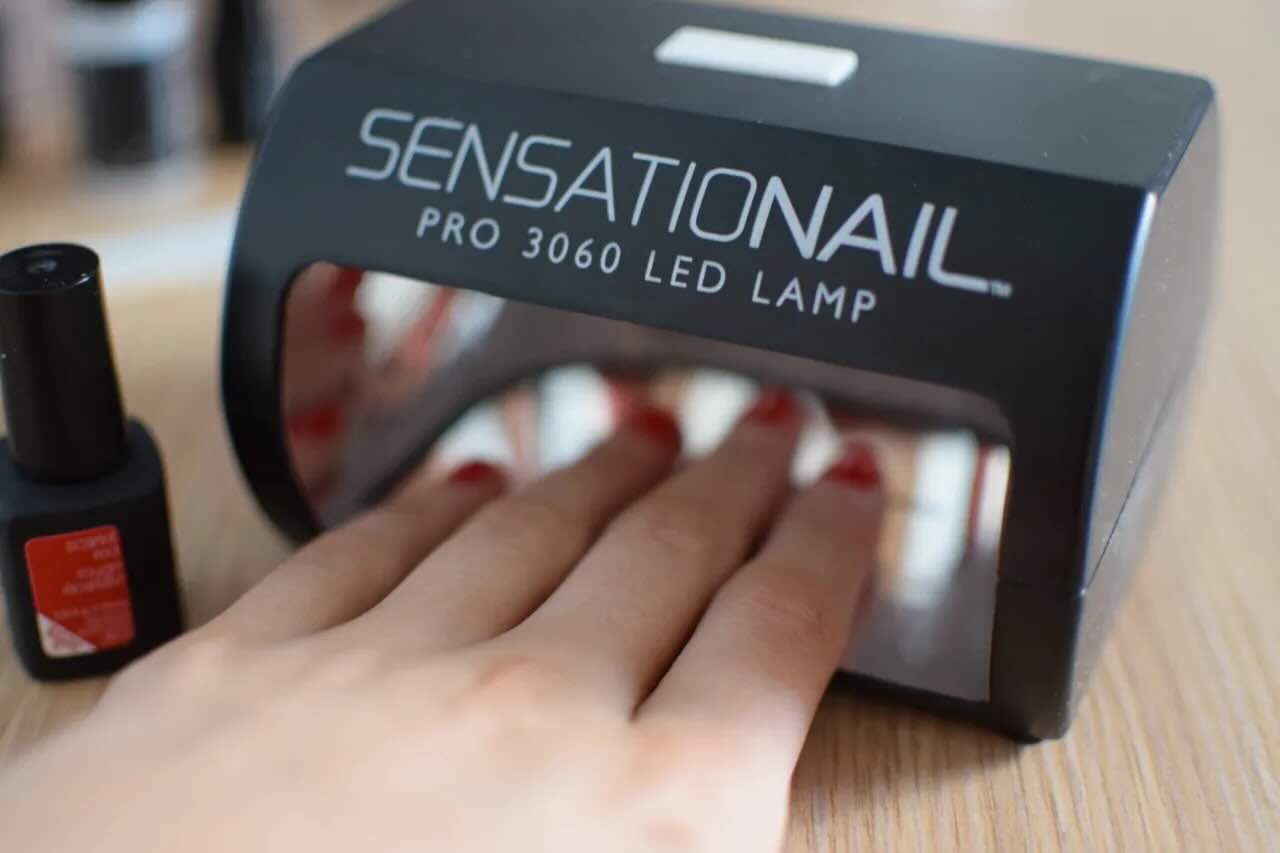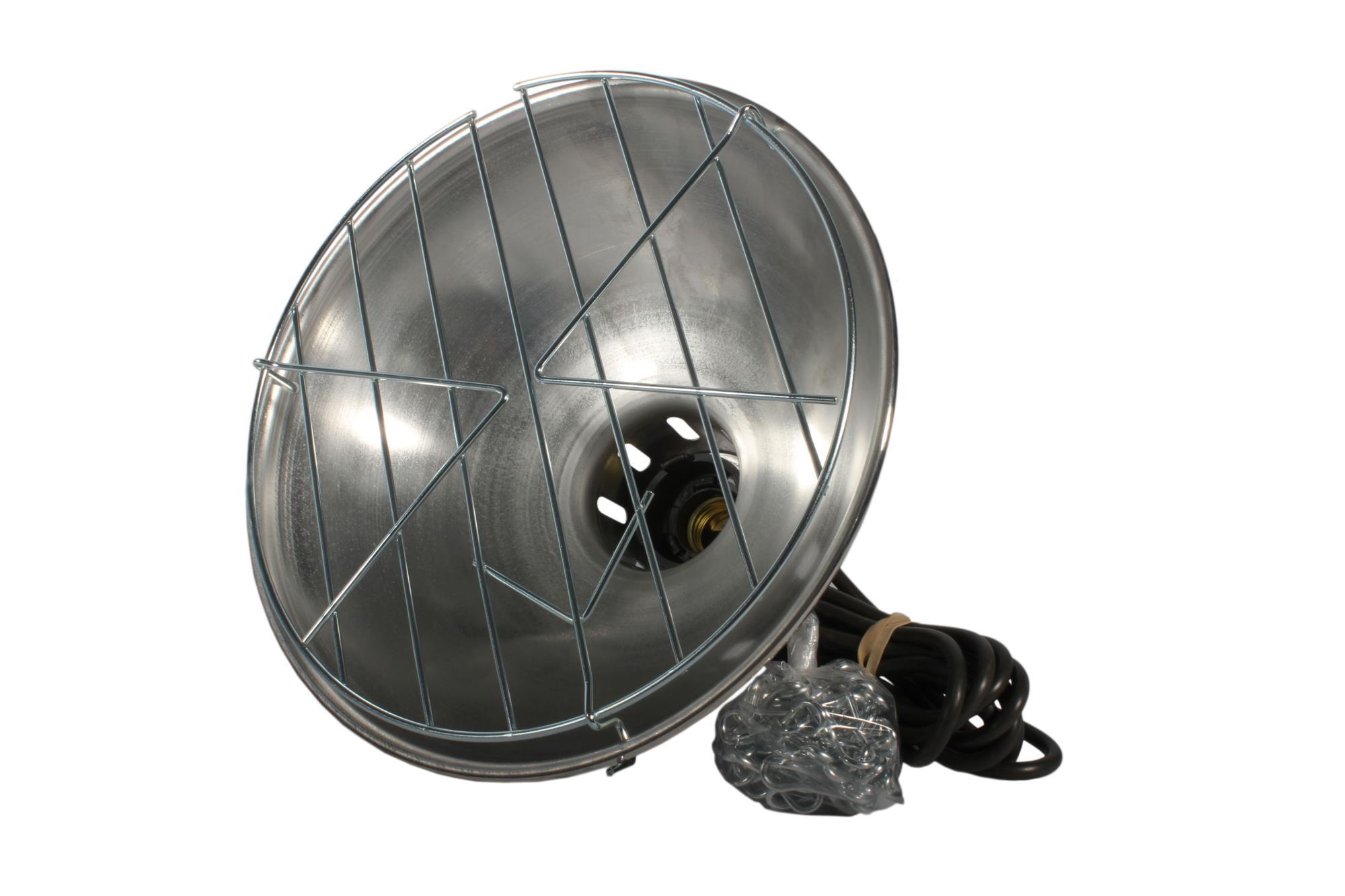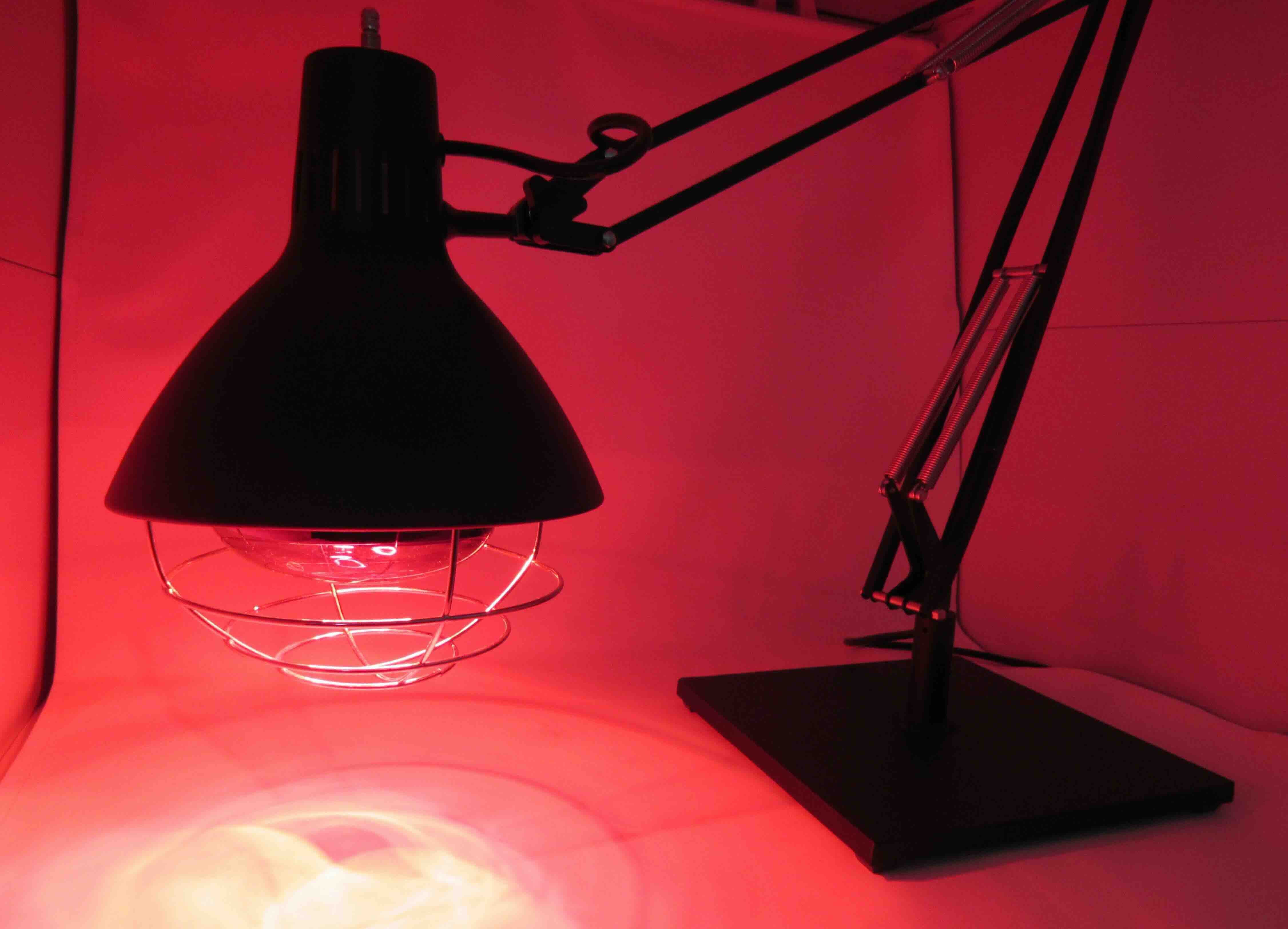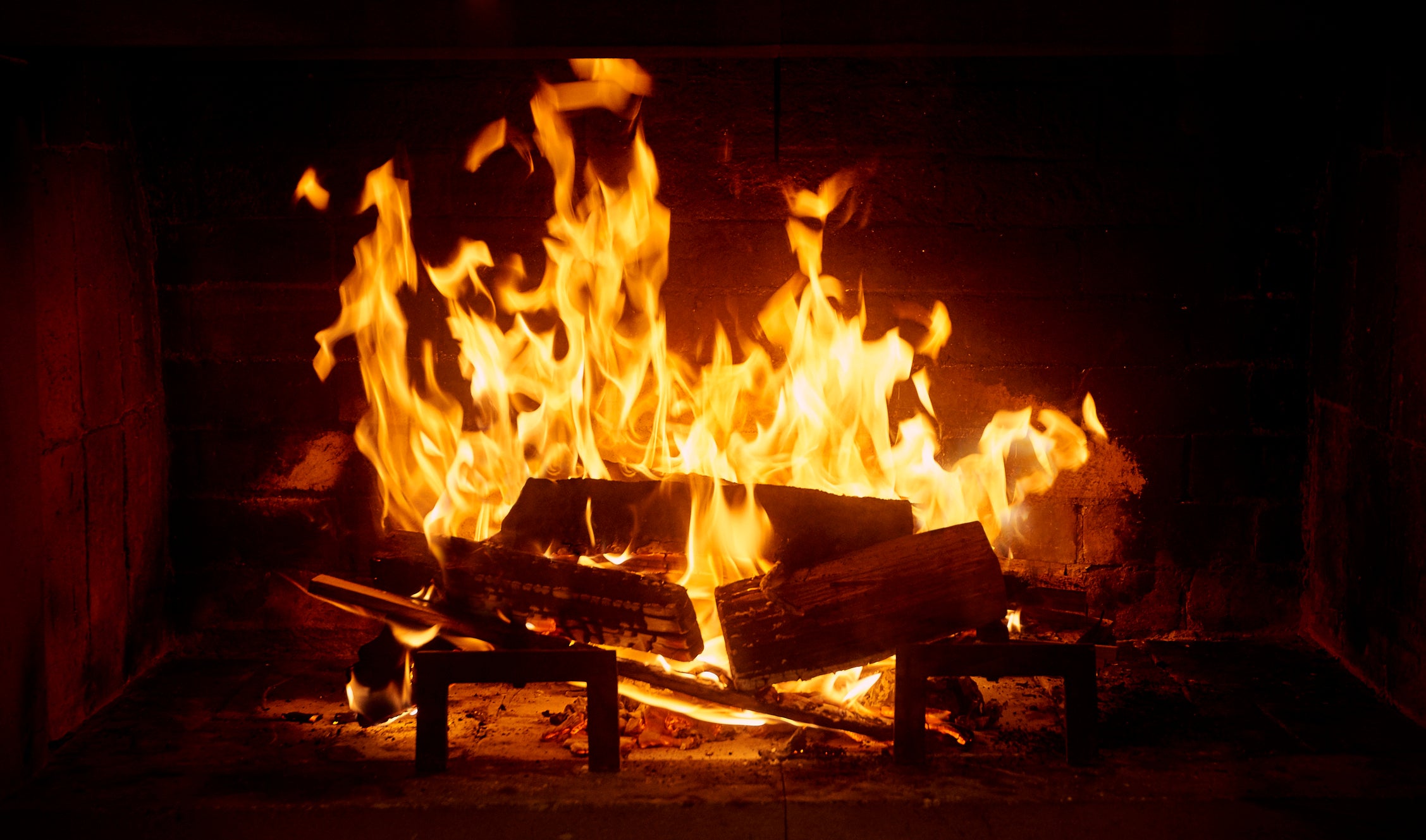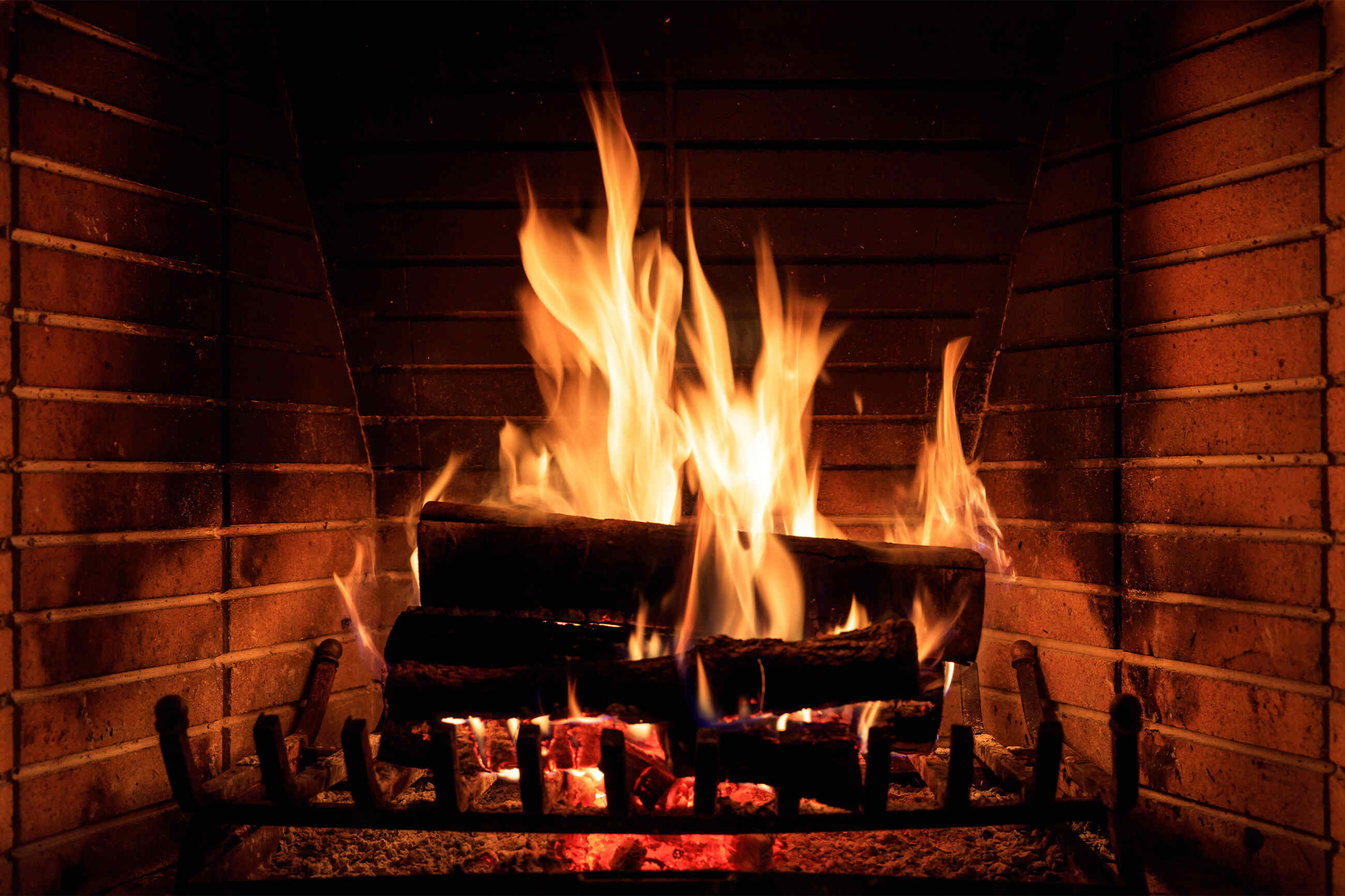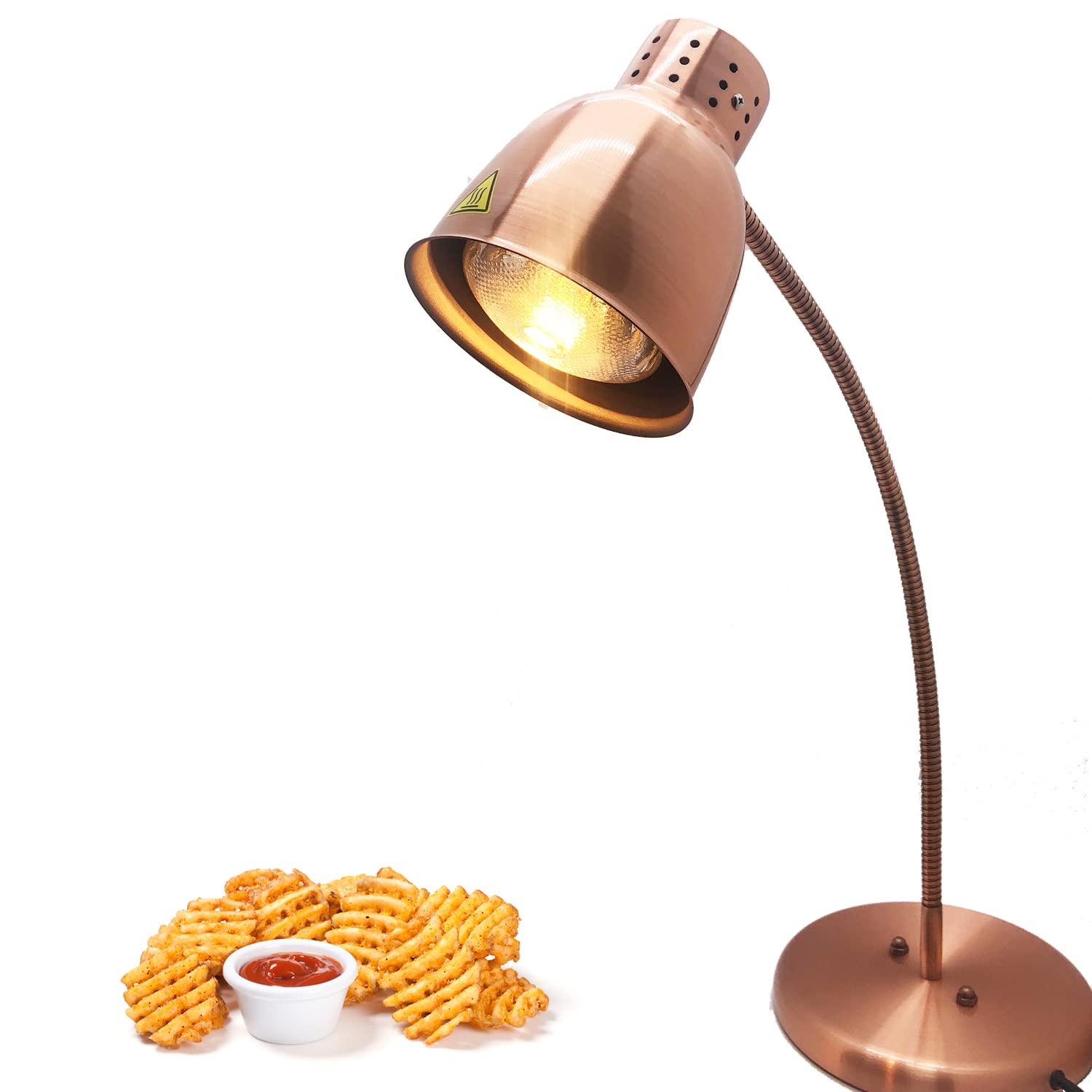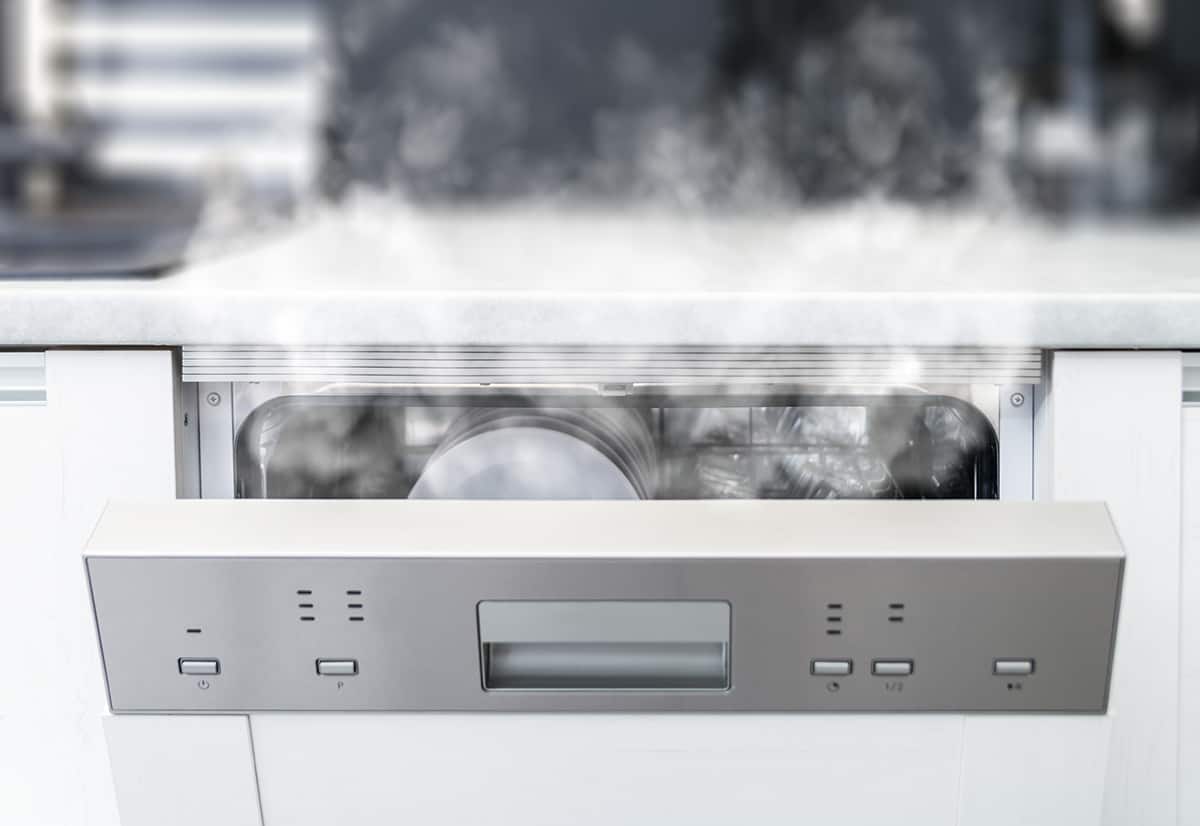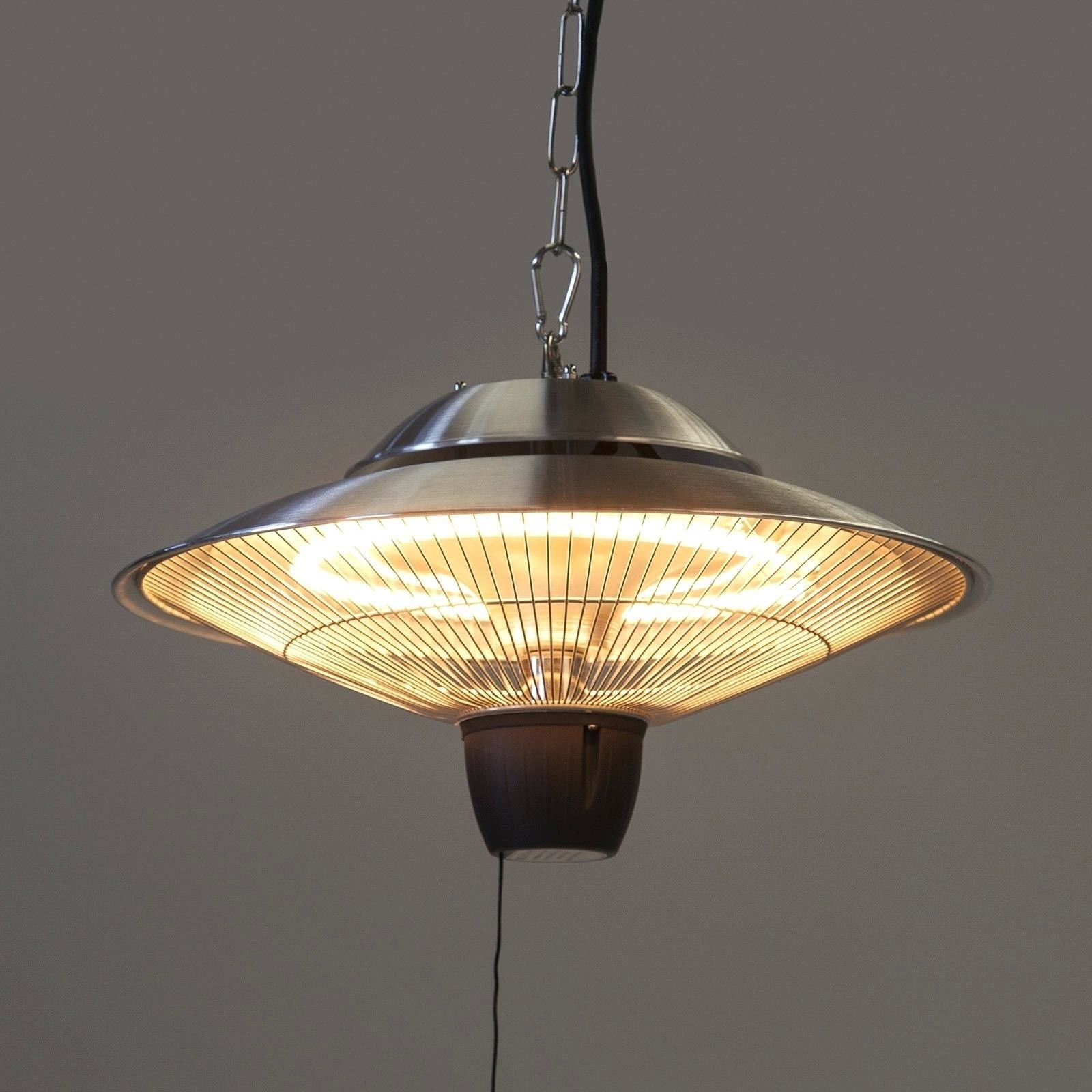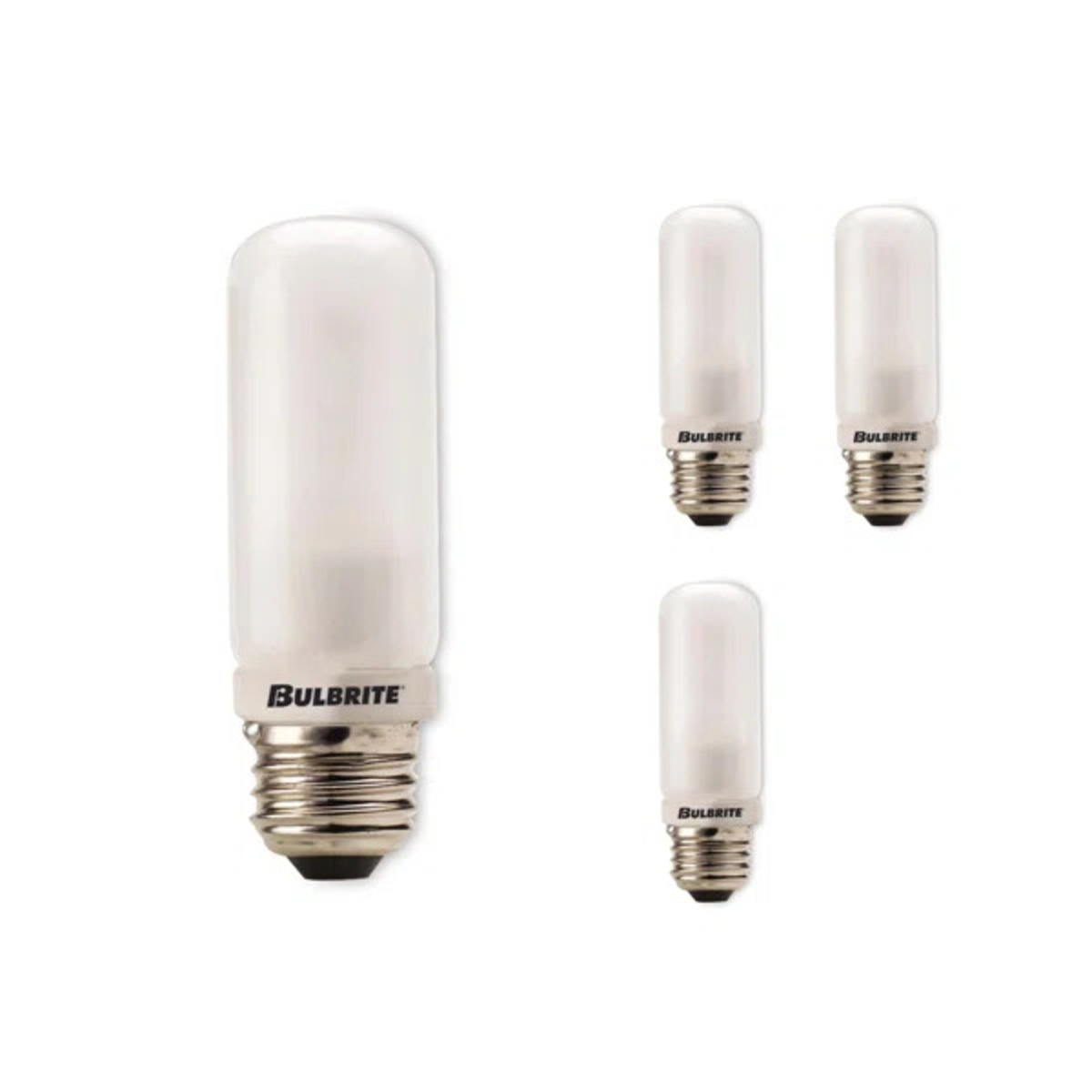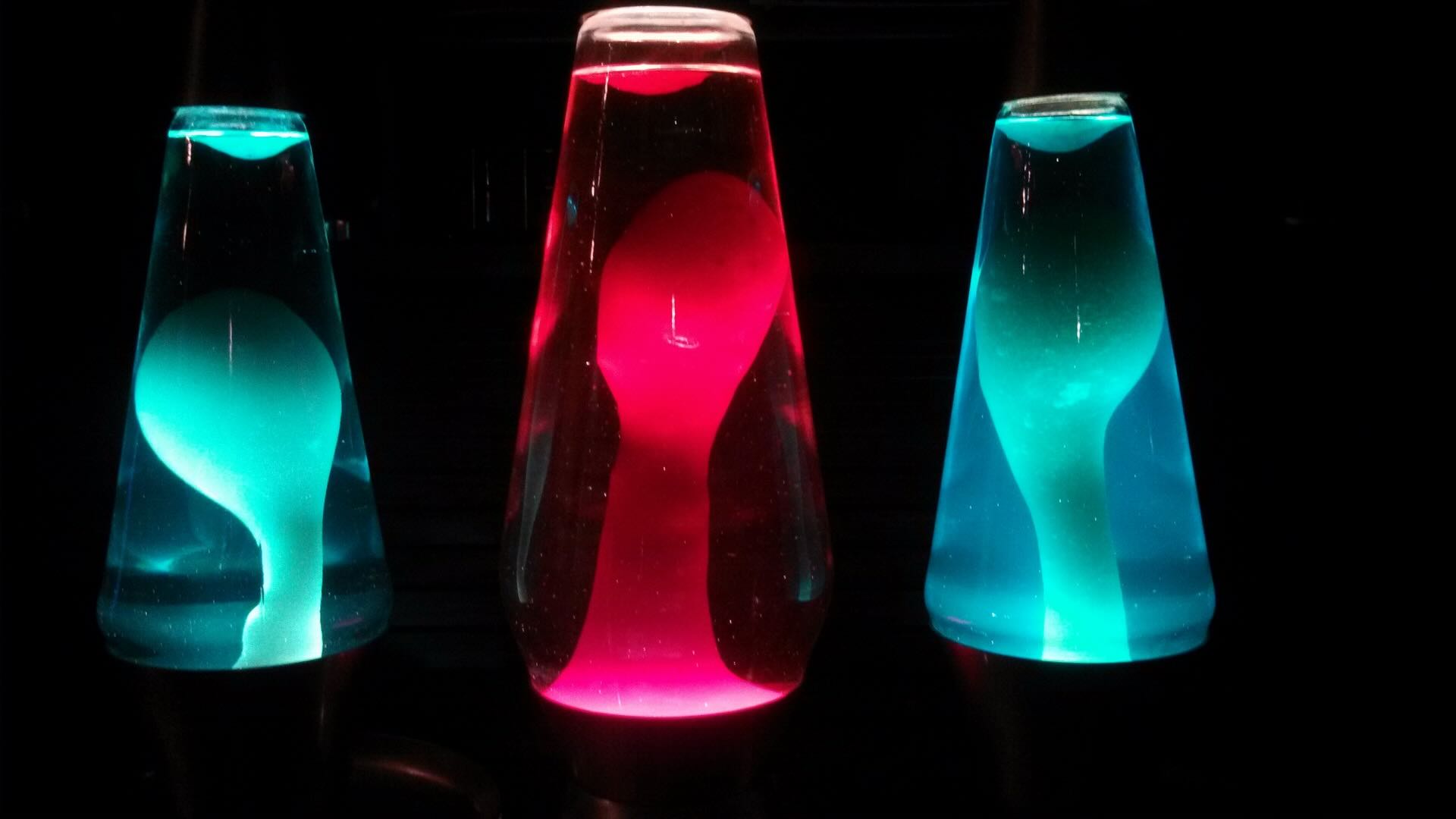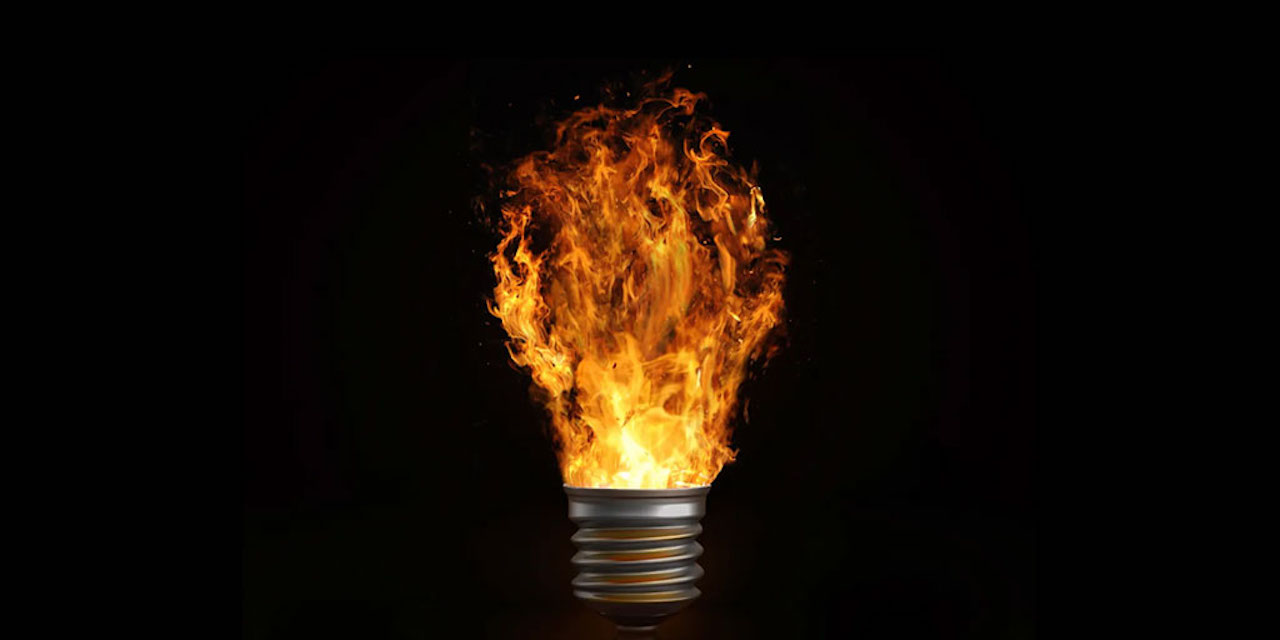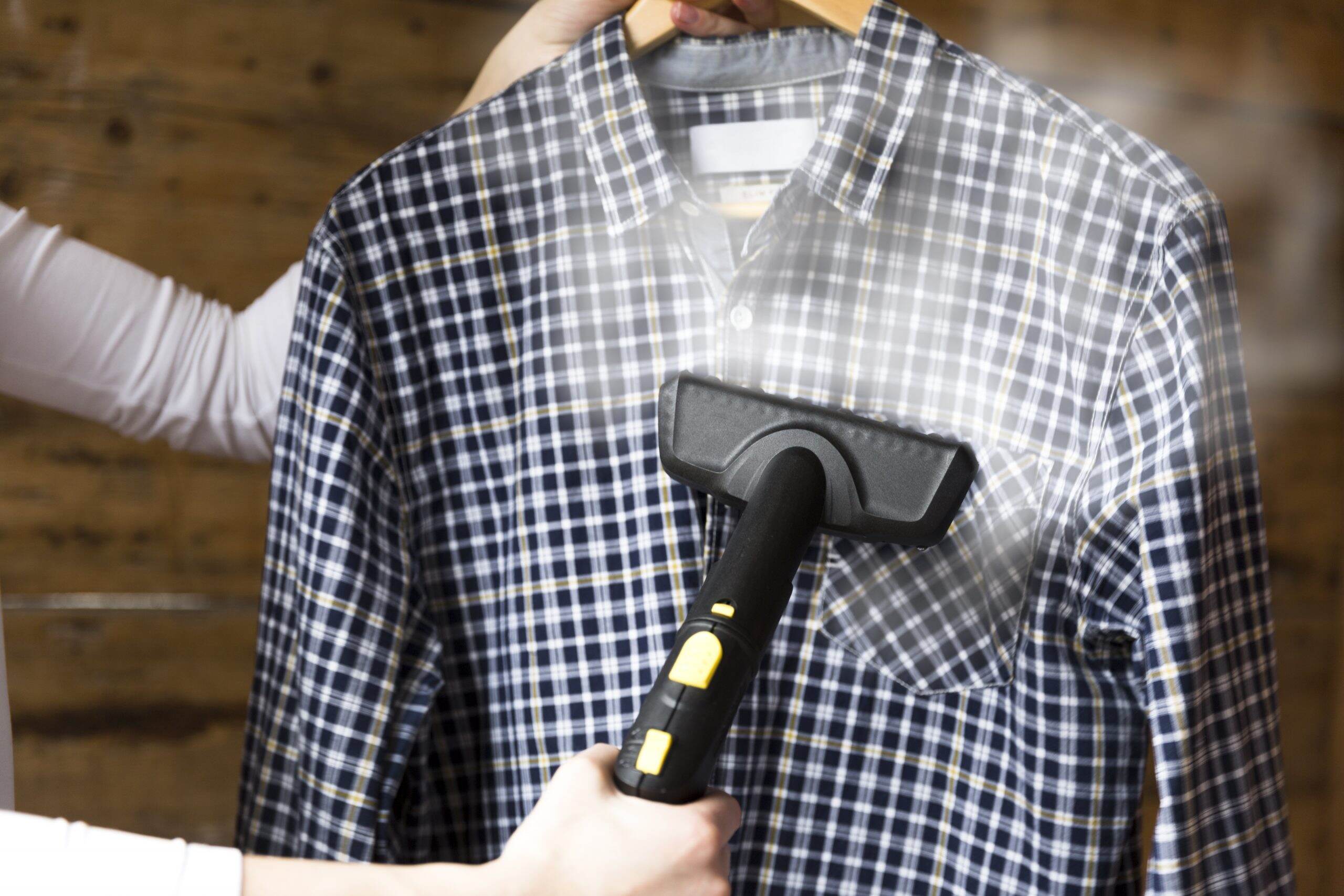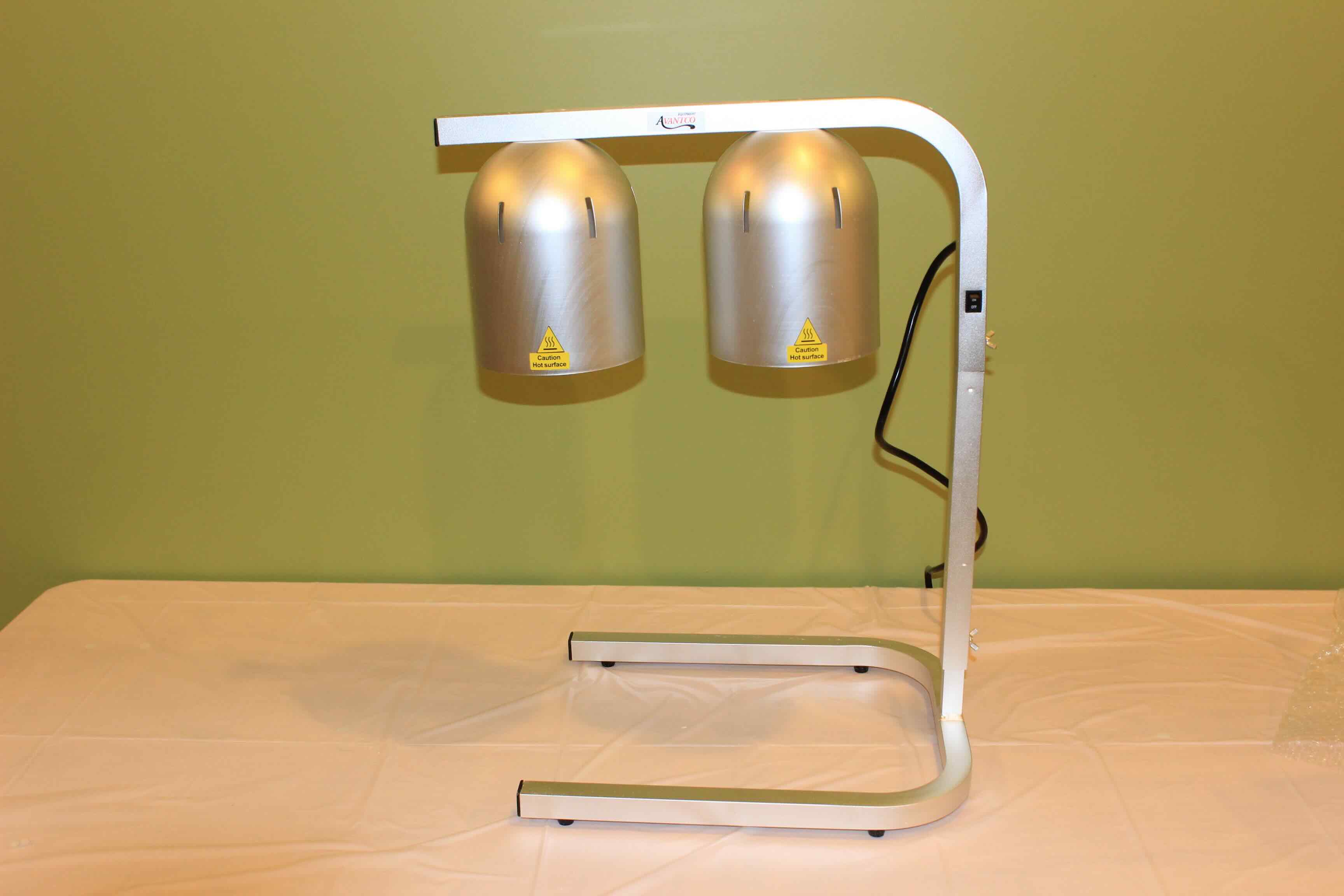

Furniture
How Hot Does A 250-Watt Heat Lamp Get
Modified: August 17, 2024
Discover how hot a 250-watt heat lamp can get and its impact on furniture. Learn about the temperature range and precautions to protect your valuable pieces.
(Many of the links in this article redirect to a specific reviewed product. Your purchase of these products through affiliate links helps to generate commission for Storables.com, at no extra cost. Learn more)
Introduction
Welcome to our comprehensive guide on how hot a 250-watt heat lamp can get! If you are a homeowner, farmer, or someone who works in the agricultural industry, you may be familiar with the benefits of heat lamps. These versatile tools are commonly used to provide supplemental heat in various settings, from keeping newborn chicks warm to promoting plant growth in greenhouses.
In this article, we will explore the purpose of a 250-watt heat lamp, delve into the factors that affect heat generation, discuss the maximum temperature a 250-watt heat lamp can reach, and highlight the importance of safety when using such devices. Understanding these aspects will help you make informed decisions and ensure optimal performance when using a 250-watt heat lamp.
So, let’s dive in and uncover the fascinating world of heat lamps and their heating capabilities!
Key Takeaways:
- A 250-watt heat lamp serves multiple purposes, from nurturing newborn chicks to promoting plant growth. Understanding its heat output and safety considerations is crucial for effective and safe usage in various applications.
- Factors such as lamp type, design, and placement significantly impact the heat generation of a 250-watt heat lamp. Prioritizing safety, proper installation, and regular inspections are essential for safe and efficient operation.
Read more: How Hot Does A 125W Heat Lamp Get
The Purpose of a 250-Watt Heat Lamp
A 250-watt heat lamp is a powerful tool that serves a variety of purposes in different applications. Its primary function is to provide a controlled and localized source of heat. The intensity of the heat generated by the lamp makes it ideal for specific tasks that require higher temperatures, such as keeping small animals warm or accelerating the germination process for seeds.
In agricultural settings, a 250-watt heat lamp is commonly used to create a warm environment for newly hatched chicks. The heat lamp mimics the warmth provided by a mother hen, allowing the chicks to develop and thrive. The lamp provides a consistent heat source, enabling them to maintain their body temperature and avoid hypothermia. It also helps to dry their feathers, ensuring their well-being during those critical early stages.
Another popular use of a 250-watt heat lamp is in horticulture and gardening. These lamps are often employed in greenhouses or indoor gardens to promote plant growth. The heat emitted by the lamp accelerates seed germination and facilitates the growth of young plants. Additionally, heat lamps aid in preventing cold damage during colder months, ensuring optimal growth conditions for plants that require higher temperatures.
While the primary purpose of a 250-watt heat lamp is to provide heat, it is essential to consider other factors such as light output. Some heat lamps also emit a significant amount of light, which can be advantageous in certain situations. For example, if you are using the heat lamp in an area with limited lighting, such as a barn or a shed, the additional illumination can greatly improve visibility.
Overall, the purpose of a 250-watt heat lamp is to create a controlled and targeted heat source for specific applications. Whether you are raising chicks, accelerating plant growth, or providing warmth in a small, confined space, a 250-watt heat lamp is a powerful tool that can fulfill your heating needs effectively and efficiently.
Understanding Heat Output
When it comes to heat lamps, understanding heat output is crucial. The heat output refers to the amount of heat that a lamp can generate and radiate into its surroundings. It is typically measured in watts and determines the lamp’s heating capabilities.
For a 250-watt heat lamp, the heat output is significant. It can provide a substantial amount of warmth, making it suitable for various applications that require higher temperatures. However, it is important to note that the heat output is not the same as the temperature at which the lamp operates.
The heat output is influenced by several factors, including the lamp’s design, materials used, and overall efficiency. While a 250-watt heat lamp is powerful, the actual temperature it reaches depends on these factors and may vary.
Additionally, the heat output of a lamp also depends on the distance between the heat source and the object it is heating. The closer the object is to the lamp, the more intense the heat will be. It is crucial to understand this relationship to ensure that the heat lamp is positioned at an appropriate distance for the intended application.
Keep in mind that heat lamps do not distribute heat evenly throughout a space. The heat emitted is more concentrated in the immediate vicinity of the lamp. Therefore, it is important to consider the size of the area you want to heat and position the lamp strategically to achieve the desired results.
Understanding the heat output of a 250-watt heat lamp is essential for determining its suitability for your specific needs. If you require a higher heat output or a more extensive heating range, you may need to consider a more powerful heat source or multiple heat lamps.
Now that we have explored the concept of heat output and its relationship with heat lamps, let’s move on to the factors that can affect the heat generation of a 250-watt heat lamp.
Factors Affecting Heat Generation
Several factors can influence the heat generation of a 250-watt heat lamp. Understanding these factors is essential in optimizing the performance and efficiency of the lamp.
1. Lamp Type: The type of heat lamp you choose can affect its heat generation. There are various types available, including incandescent bulbs, infrared bulbs, and ceramic heat emitters. Each type has different heat characteristics, so it’s essential to select a lamp that aligns with your specific heating needs.
2. Lamp Design: The design of the heat lamp can also impact its heat generation. Heat lamps with reflective surfaces or built-in reflectors can help direct the heat more effectively, maximizing the output and preventing heat loss. Additionally, lamps with airflow vents or cooling systems may dissipate heat more efficiently, enhancing the lamp’s overall performance.
3. Voltage: The voltage supply to the heat lamp can affect its heat generation. Higher voltage can result in increased heat output, providing more intense warmth. However, it is crucial to ensure that the lamp can handle the voltage supply to prevent overheating or reduced lifespan.
4. Placement and Distance: The placement and distance between the heat lamp and the object it is heating play a significant role in heat generation. Placing the lamp closer to the target object will result in higher temperatures, while moving it farther away will reduce the intensity of the heat. It is crucial to find the optimal distance to achieve the desired heat levels without causing any harm or discomfort.
5. Environment and Insulation: The environment in which the heat lamp is used can impact its heat generation. Factors such as room size, ventilation, and insulation can affect how effectively the heat is distributed and maintained. Rooms with poor insulation or drafts may experience more heat loss, requiring the heat lamp to work harder to maintain desired temperatures.
By considering these factors and making informed choices, you can optimize the heat generation of your 250-watt heat lamp, ensuring efficient and effective heating for your specific needs.
Now that we understand the factors that affect heat generation, let’s explore the maximum temperature a 250-watt heat lamp can reach.
When using a 250-watt heat lamp, be sure to keep it at a safe distance from any flammable materials to prevent the risk of fire. Always follow the manufacturer’s guidelines for proper usage and safety precautions.
The Maximum Temperature of a 250-Watt Heat Lamp
The maximum temperature that a 250-watt heat lamp can reach depends on various factors, including the design, materials used, and efficiency of the lamp. While it is difficult to provide an exact temperature without specific information about the heat lamp, we can discuss the general temperature range that you can expect.
In most cases, a 250-watt heat lamp can reach temperatures between 400 to 600 degrees Fahrenheit (200 to 315 degrees Celsius). However, it is crucial to note that these temperatures can vary based on the factors mentioned earlier, such as the lamp’s design and the distance between the lamp and the object being heated.
It’s important to exercise caution when working with a heat lamp, as the high temperatures it can reach pose a risk of burns or fire if not handled properly. Always follow the manufacturer’s instructions and safety guidelines to ensure safe usage.
Additionally, keep in mind that a heat lamp is designed to emit heat, and its primary function is not to measure or control temperature. If you require precise temperature regulation, it is recommended to use a thermostat or other temperature control devices in conjunction with the heat lamp.
To ensure efficient and safe use of a 250-watt heat lamp, consider factors such as the size of the area to be heated, the sensitivity of the objects being heated, and the necessary temperature range for your specific application.
Next, let’s discuss how heat emission can be measured to gauge the heat output of a 250-watt heat lamp.
Read more: How Hot Can A Lava Lamp Get
Measuring Heat Emission
Measuring the heat emission of a 250-watt heat lamp is essential for assessing its performance and ensuring it meets your heating requirements. While it may not be practical for an average homeowner to measure heat emission with specialized equipment, there are indirect methods and guidelines that can help estimate the heat output.
One common method of measuring heat emission is by using a thermometer. You can place the thermometer at a specific distance from the heat lamp, following the manufacturer’s recommendations, and record the temperature readings. This will give you an idea of the heat being emitted by the lamp. However, it is crucial to remember that the heat output can vary depending on the factors discussed earlier, such as lamp design and placement.
In commercial or industrial settings, professionals may use more advanced tools like infrared thermometers or thermal imaging cameras. These devices can provide a more accurate assessment of heat emission by measuring the infrared radiation emitted by the lamp. They can also help identify any hotspots or areas where heat concentration may be higher.
It’s important to note that heat emission is not the same as the temperature at which the lamp operates. The heat emitted by the lamp will be higher in the immediate vicinity and will gradually decrease as you move away from the heat source.
When measuring heat emission, it is essential to consider the intended application and the specific needs of the area or object being heated. Factors such as room size, insulation, and the desired temperature range will impact the amount of heat required.
Lastly, it is recommended to consult the manufacturer’s specifications and guidelines for the specific heat lamp you are using. They may provide additional information on expected heat emission or offer suggestions on monitoring and measuring heat output.
Now that we have explored how heat emission can be measured, let’s shift our focus to the importance of safety when using a 250-watt heat lamp.
Safety Considerations
When using a 250-watt heat lamp, it is crucial to prioritize safety to prevent accidents, burns, or potential fire hazards. Here are some important safety considerations to keep in mind:
1. Proper Installation: Follow the manufacturer’s instructions for installing the heat lamp correctly. Ensure that it is securely mounted or placed to prevent it from falling or tipping over. Use appropriate fixtures, hangers, or clamps designed for heat lamps.
2. Positioning: Carefully consider the placement of the heat lamp to avoid any potential hazards. Keep it away from flammable materials, such as curtains or paper, and ensure there is enough space around the lamp for proper airflow and ventilation.
3. Avoid Overheating: Be mindful of the heat generated by the lamp and take precautions to prevent overheating. Do not cover or obstruct the heat lamp, as it may lead to excessive heat buildup and potential damage to the lamp or surrounding objects.
4. Distance: Maintain a safe distance between the heat lamp and any flammable or sensitive objects. Follow the manufacturer’s recommendations for the optimal distance to prevent the risk of fire or damage.
5. Use a Timer or Thermostat: Consider using a timer or thermostat to regulate the operation of the heat lamp. This helps prevent overheating and ensures that the lamp only operates when necessary.
6. Inspect Regularly: Periodically inspect the heat lamp for any signs of damage, frayed cords, or loose connections. If you notice any issues, cease use immediately and seek professional assistance or replace the lamp as necessary.
7. Supervision: If using a heat lamp in a livestock or pet setting, ensure that it can be monitored regularly. This allows for quick response to any issues or emergencies that may arise.
8. Power Supply: Ensure that the power supply to the heat lamp is appropriate and meets the lamp’s requirements. Avoid overloading electrical circuits and use surge protectors when necessary.
9. Children and Pets: Keep children and pets away from the heat lamp to prevent accidental burns or injuries. Make sure the lamp is positioned in an area inaccessible to them.
10. Familiarize Yourself: Familiarize yourself with local regulations and safety guidelines regarding the use of heat lamps. Different areas may have specific requirements or restrictions that need to be followed.
By following these safety considerations, you can mitigate risks associated with using a 250-watt heat lamp and ensure a safe environment for yourself, your animals, and your property.
Finally, let’s wrap up this article.
Conclusion
In conclusion, a 250-watt heat lamp is a powerful tool that serves a variety of purposes in different applications. Whether you are raising chicks, promoting plant growth, or providing warmth in a specific area, a 250-watt heat lamp can be a valuable asset.
Understanding heat output and the factors that affect heat generation is crucial in optimizing the performance of a 250-watt heat lamp. Factors such as lamp type, design, voltage, and placement can impact the heat generation and distribution. By considering these factors, you can ensure efficient and effective heating for your specific needs.
While it is difficult to determine the exact maximum temperature that a 250-watt heat lamp can reach, it generally falls within the range of 400 to 600 degrees Fahrenheit (200 to 315 degrees Celsius). However, it is important to exercise caution and follow safety guidelines to prevent burns, fire hazards, or other accidents.
Measuring heat emission can help assess the performance of a 250-watt heat lamp. While specialized tools may provide more accurate readings, simple methods like using thermometers can give you a rough estimate of heat output.
Lastly, prioritizing safety is paramount when using a 250-watt heat lamp. Proper installation, positioning, and regular inspections are crucial for ensuring safe operation. Considerations such as avoiding overheating, maintaining a safe distance from flammable objects, and following manufacturer’s recommendations will help prevent accidents or damage.
By understanding the purpose, heat output, factors affecting heat generation, and safety considerations of a 250-watt heat lamp, you can make informed decisions and utilize this powerful tool effectively in your specific applications.
Remember, always prioritize safety and consult manufacturer’s guidelines for the best practices when using a 250-watt heat lamp. Stay informed, be cautious, and enjoy the benefits that this versatile tool brings to your home, farm, or workspace.
Frequently Asked Questions about How Hot Does A 250-Watt Heat Lamp Get
Was this page helpful?
At Storables.com, we guarantee accurate and reliable information. Our content, validated by Expert Board Contributors, is crafted following stringent Editorial Policies. We're committed to providing you with well-researched, expert-backed insights for all your informational needs.
